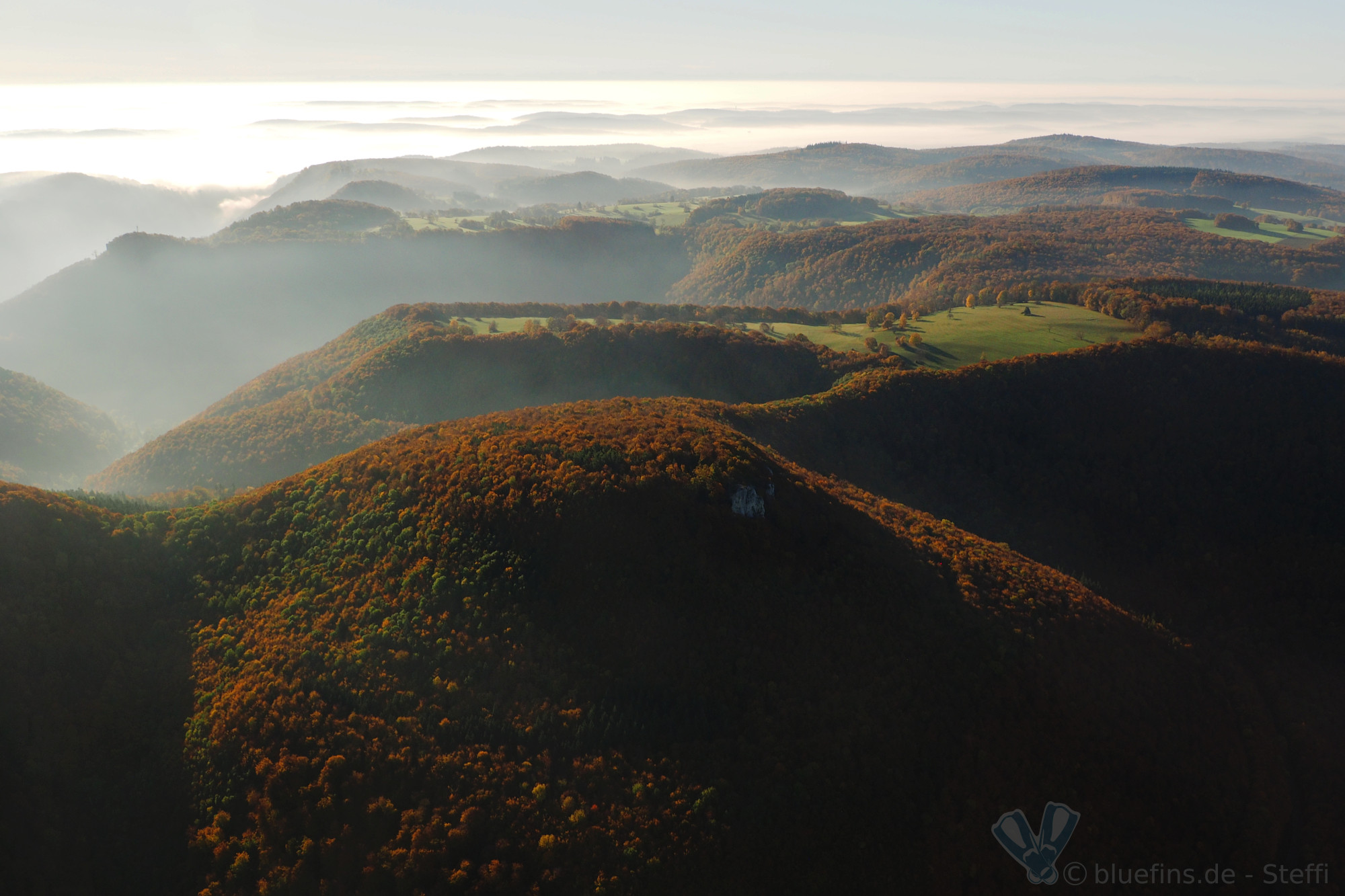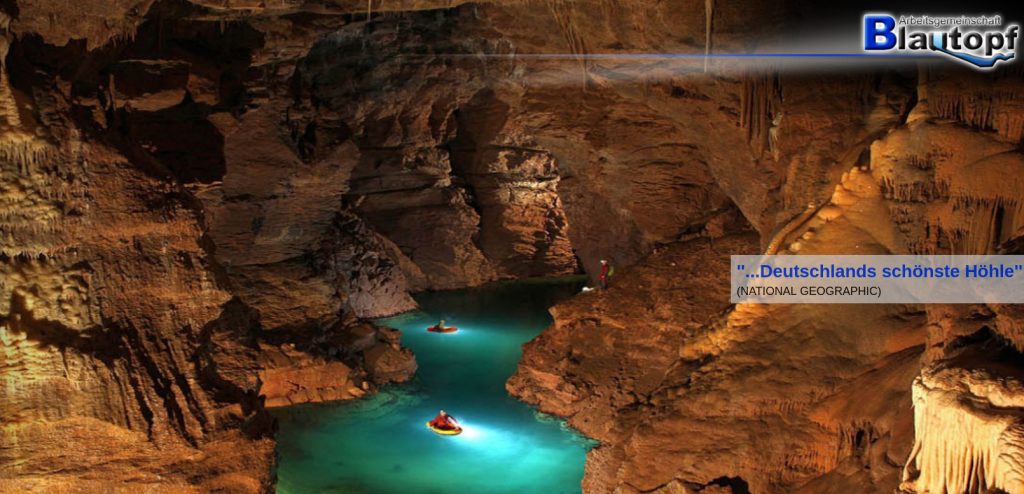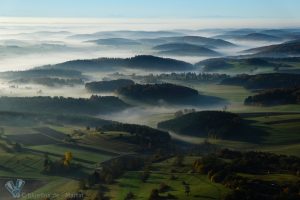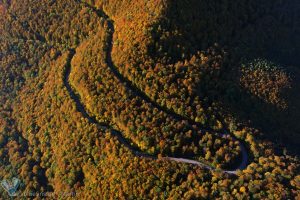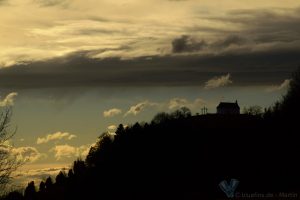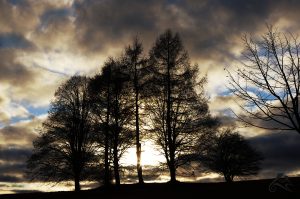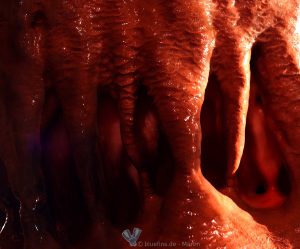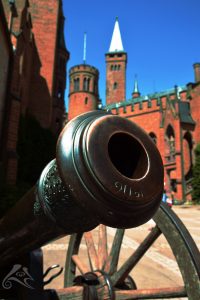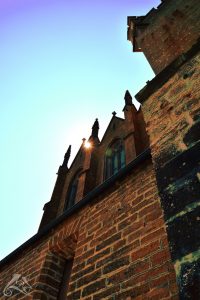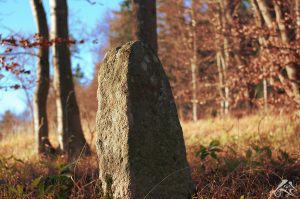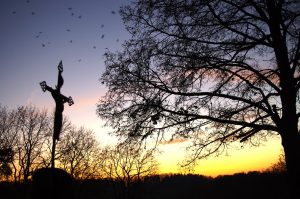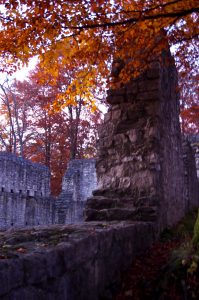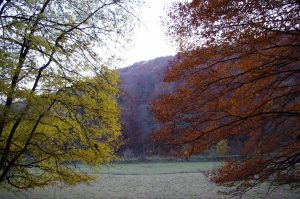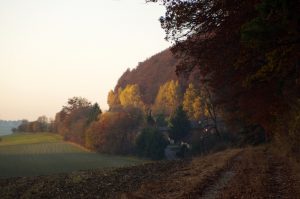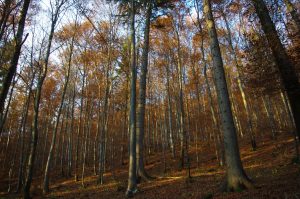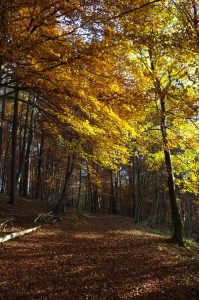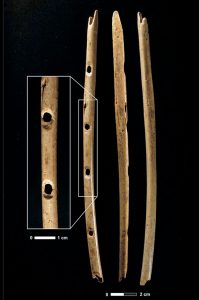 Have you ever wondered, where the very first sculptural piece of art in human history is coming from? Or the oldest musical instrument ever found? No – not in Egypt, not Stonehenge, not in the Maya culture, and not in Asia. The very first evidences of artistic engineering on our planet, dated almost 40.000 years ago, were found in caves in a mountain region about one hour south of Stuttgart Germany: The Swabian Alb. You might think
Have you ever wondered, where the very first sculptural piece of art in human history is coming from? Or the oldest musical instrument ever found? No – not in Egypt, not Stonehenge, not in the Maya culture, and not in Asia. The very first evidences of artistic engineering on our planet, dated almost 40.000 years ago, were found in caves in a mountain region about one hour south of Stuttgart Germany: The Swabian Alb. You might think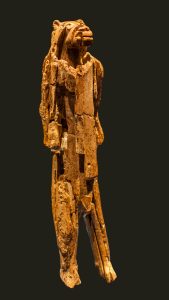 now ‘Oh God thats so long time ago, who cares’. Well – guess where Albert Einstein was born? And guess where the very first manned rocket flight took place? No, it was not in Russia! It happened in the Schwäbische Alb! On March 1, 1945, at the Truppenübungsplatz Heuberg, a fighter pilot named Lothar Sieber entered a Ba 349A M23, Nicknamed ‘Natter’ for the first manned vertical take-off of a rocket. He reached
now ‘Oh God thats so long time ago, who cares’. Well – guess where Albert Einstein was born? And guess where the very first manned rocket flight took place? No, it was not in Russia! It happened in the Schwäbische Alb! On March 1, 1945, at the Truppenübungsplatz Heuberg, a fighter pilot named Lothar Sieber entered a Ba 349A M23, Nicknamed ‘Natter’ for the first manned vertical take-off of a rocket. He reached 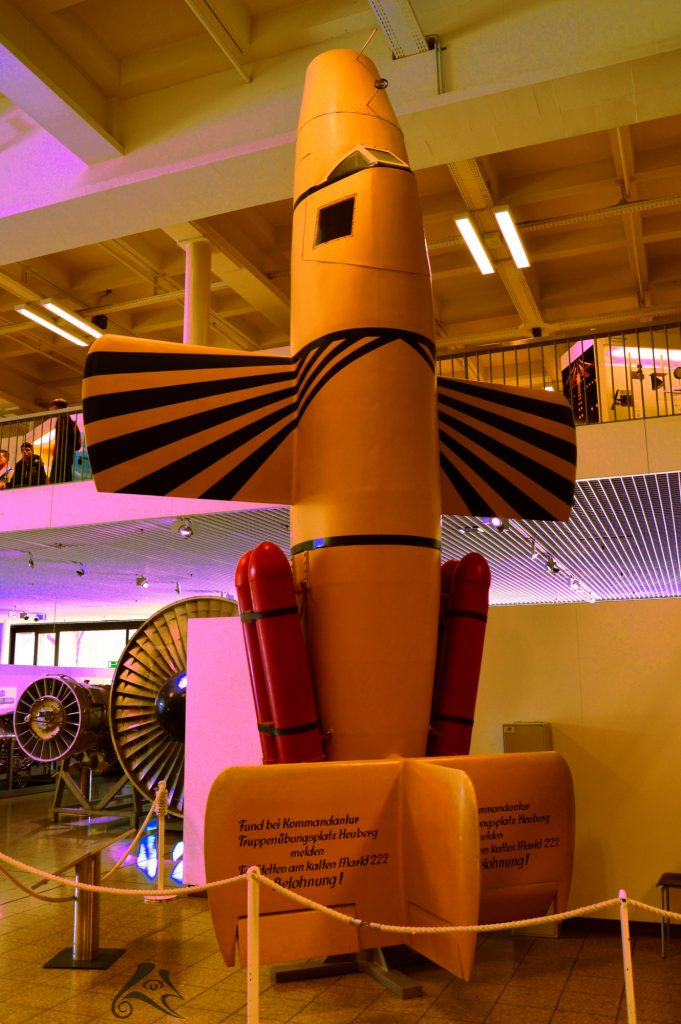 Mach 1 and flew a total distance of 14km when one of the starter rockets didn’t release. Sieber was told not to emergency leave the aircraft using his parachute but to stabilize it. But after the cabin cover broke away, he must have lost his orientation in the clouds and entered a straight flight down. With Mach 1 into Ground Zero. In the 5m diameter crater he produced about 5 Miles away, not many remainings were found. Today, there is only a small memorial stone at the former launch site. Three more Third Reich Natter Rocket launch sites are still hidden in the mystical forests near Holzmaden and can be visited. Unfortunately, a new Train rail will be build and it is planned to remove two of those launch concrete fundamentals soon. As of the remains of those innovative Rocket aircrafts themselves, there are only two left in the World. One is displayed at the Deutsches Museum on Munique, and the other one still sits unrestored in a storage hall at the Smithsonian National Air and Space Museum at Independence Ave at 6th St, SW, Washington, DC 20560. Hopefully, one day, the death of this first pre-astronaut ever, will have an appropriate memorial and his aircraft restored for the public.
Mach 1 and flew a total distance of 14km when one of the starter rockets didn’t release. Sieber was told not to emergency leave the aircraft using his parachute but to stabilize it. But after the cabin cover broke away, he must have lost his orientation in the clouds and entered a straight flight down. With Mach 1 into Ground Zero. In the 5m diameter crater he produced about 5 Miles away, not many remainings were found. Today, there is only a small memorial stone at the former launch site. Three more Third Reich Natter Rocket launch sites are still hidden in the mystical forests near Holzmaden and can be visited. Unfortunately, a new Train rail will be build and it is planned to remove two of those launch concrete fundamentals soon. As of the remains of those innovative Rocket aircrafts themselves, there are only two left in the World. One is displayed at the Deutsches Museum on Munique, and the other one still sits unrestored in a storage hall at the Smithsonian National Air and Space Museum at Independence Ave at 6th St, SW, Washington, DC 20560. Hopefully, one day, the death of this first pre-astronaut ever, will have an appropriate memorial and his aircraft restored for the public.
But not only this, the list of Schwäbisch Innovation and Inventions goes on and on and on: The car – no it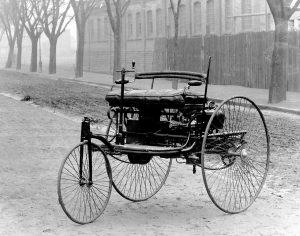 was not Henry Ford! The year 1886 is regarded the year of birth of the modern automobile – with the Benz Patent-Motorwagen, by Schwäbisch South German inventor Karl Benz. Gottlieb Daimler, of course from Schwabenland as well, was the first who came up with a working motorboat, and if you believe, the world’s first motorcycle was created by Harley Davidson, then you are very wrong. German inventors Gottlieb Daimler and Wilhelm Maybach in Bad Cannstatt, Germany in 1885, came up
was not Henry Ford! The year 1886 is regarded the year of birth of the modern automobile – with the Benz Patent-Motorwagen, by Schwäbisch South German inventor Karl Benz. Gottlieb Daimler, of course from Schwabenland as well, was the first who came up with a working motorboat, and if you believe, the world’s first motorcycle was created by Harley Davidson, then you are very wrong. German inventors Gottlieb Daimler and Wilhelm Maybach in Bad Cannstatt, Germany in 1885, came up 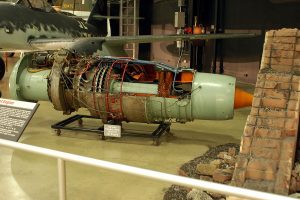 with the first commercialized internal combustion, petroleum fueled motorbike. If you read this article while sitting in a Boeing 737, trying to shorten the endless time until you reach your destination, please take a look outside your window now. Do you see the wing and the weird round thing hanging underneath? Its call
with the first commercialized internal combustion, petroleum fueled motorbike. If you read this article while sitting in a Boeing 737, trying to shorten the endless time until you reach your destination, please take a look outside your window now. Do you see the wing and the weird round thing hanging underneath? Its call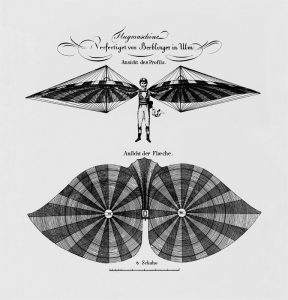 ed a jet engine. This engine propels the aircraft you are sitting in. I think you might already guess where those engines were invented and developed! Swabian Land South Germany. This list goes on and on and on… the astronomical telescope, the discovery of planets movement, the zeppelin aircraft, household glue, the Newspaper. Even the first airplane ever, a glider construction, was built by a fellow named Albrecht Ludwig Berblinger, nicknamed ‘The Tailor from Ulm’ a Schwäbisch inventor. Unfortunately, he crashed into the Donau River while his last big public presentation right in front of the King. Bad Luck!
ed a jet engine. This engine propels the aircraft you are sitting in. I think you might already guess where those engines were invented and developed! Swabian Land South Germany. This list goes on and on and on… the astronomical telescope, the discovery of planets movement, the zeppelin aircraft, household glue, the Newspaper. Even the first airplane ever, a glider construction, was built by a fellow named Albrecht Ludwig Berblinger, nicknamed ‘The Tailor from Ulm’ a Schwäbisch inventor. Unfortunately, he crashed into the Donau River while his last big public presentation right in front of the King. Bad Luck!
What is it about those Swabian Mountain People , that they are crazy about art, engineering and innovation? Maybe its the climate, the lack of natural resources or there is just something in the air, some mystical energy, which feeds the engine of fantasy in this Mecca of creativity.
The Swabian Jura (Schwäbische Alb), sometimes also named Swabian Alps in English, is a low mountain range in Baden-Württemberg, Southern Germany. The German word “Alb” comes from the Celtic word alpis, 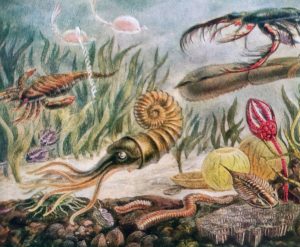 which means a nurturing mountain. This region is extending 220 km (140 mi) from southwest to northeast and 40 to 70 km (25 to 43 mi) in width. The beginning of the exciting story of the Swabian Alb takes us back to the end of the Keuper period 200 million years ago. Black, Brown and White Jurassic (200 – 140 million years ago) date back to the period when the Alb region was still covered with seawater. It was basically a coral reef. These deposits have mainly contributed to the formation of the
which means a nurturing mountain. This region is extending 220 km (140 mi) from southwest to northeast and 40 to 70 km (25 to 43 mi) in width. The beginning of the exciting story of the Swabian Alb takes us back to the end of the Keuper period 200 million years ago. Black, Brown and White Jurassic (200 – 140 million years ago) date back to the period when the Alb region was still covered with seawater. It was basically a coral reef. These deposits have mainly contributed to the formation of the 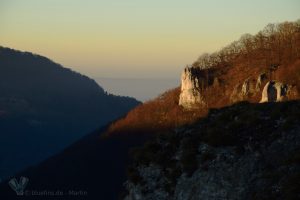 Swabian Alb. You can experience and feel the Earth‘s history live, been a land mass since the end of the Jurassic. Its history continues to be turbulent: erosion during the Cretaceous (140 – 65 million years ago), volcanic eruptions and the impact of meteorites during the Tertiary (65 – 2.6 million years ago). The rain and groundwater eroded the limestone of the Jura. It dissolved the limestone and so created the region with the most caves in Germany. Celtic people used the smelted iron brass of the oldest smelting places known in Europe. From the Noblemen of the middle age, until the modern people of today, the white fossil reef rocks are happily used for those typical native buildings. In the east edge of the Alb, houses are build out of Diamants. No – you do not need new reading goggles. The rocks that were hit by a giant meteorite 14 Million years ago near Nördlingen, contained graphite (graphite-bearing gneiss) which was turned into diamonds by the immense pressure (60 GPa) exerted by the impact explosion. Because of
Swabian Alb. You can experience and feel the Earth‘s history live, been a land mass since the end of the Jurassic. Its history continues to be turbulent: erosion during the Cretaceous (140 – 65 million years ago), volcanic eruptions and the impact of meteorites during the Tertiary (65 – 2.6 million years ago). The rain and groundwater eroded the limestone of the Jura. It dissolved the limestone and so created the region with the most caves in Germany. Celtic people used the smelted iron brass of the oldest smelting places known in Europe. From the Noblemen of the middle age, until the modern people of today, the white fossil reef rocks are happily used for those typical native buildings. In the east edge of the Alb, houses are build out of Diamants. No – you do not need new reading goggles. The rocks that were hit by a giant meteorite 14 Million years ago near Nördlingen, contained graphite (graphite-bearing gneiss) which was turned into diamonds by the immense pressure (60 GPa) exerted by the impact explosion. Because of  their microscopic size (up to 0.3 mm) they don’t really have a value as Gemstones, However, there are trillions of them. In a Museum close to the crater, you can see a piece of Moon rock. This rock is a gift from the NASA Apollo crew. Prior to the Apollo 14 Mission, Al Shepard, Ed Mitchell, Gene Cernan, and Joe Engle had various training sessions in a nearby quarry prior to their mission to the moon. Because of the similarity to the geology of moon craters and the meteorite crater near Nördlingen, they trained skills to recognize different stones like they look on the moon.
their microscopic size (up to 0.3 mm) they don’t really have a value as Gemstones, However, there are trillions of them. In a Museum close to the crater, you can see a piece of Moon rock. This rock is a gift from the NASA Apollo crew. Prior to the Apollo 14 Mission, Al Shepard, Ed Mitchell, Gene Cernan, and Joe Engle had various training sessions in a nearby quarry prior to their mission to the moon. Because of the similarity to the geology of moon craters and the meteorite crater near Nördlingen, they trained skills to recognize different stones like they look on the moon.
By the way… some of the NASA Apollo Space Program logo artwork was created by the German Artist Herrmann Fritz, also called „Rembrandt of space travelling“ in Talheim Mössingen, Schwäbische Alb!
Not only moon crater like stones and diamonds can be found on the Swabian Alb, but petrified evidences of 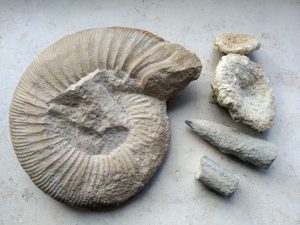 almost alien like looking creatures from another world. Or better, from another time: Fossils. Wherever you go in this mountain region, you will step on petrified shells, Ammonites and Belemnites, Squid or Nautilus like jurassic animals, Corals, and more. Many natives display their Fossil findings in their front yards or use them to decorate their flower beds. Some reach 2 foot in diameter.
almost alien like looking creatures from another world. Or better, from another time: Fossils. Wherever you go in this mountain region, you will step on petrified shells, Ammonites and Belemnites, Squid or Nautilus like jurassic animals, Corals, and more. Many natives display their Fossil findings in their front yards or use them to decorate their flower beds. Some reach 2 foot in diameter.
Many castles and ruins add to the mystics of this wonderful mountain area. The most well known is the castle Lichtenstein. 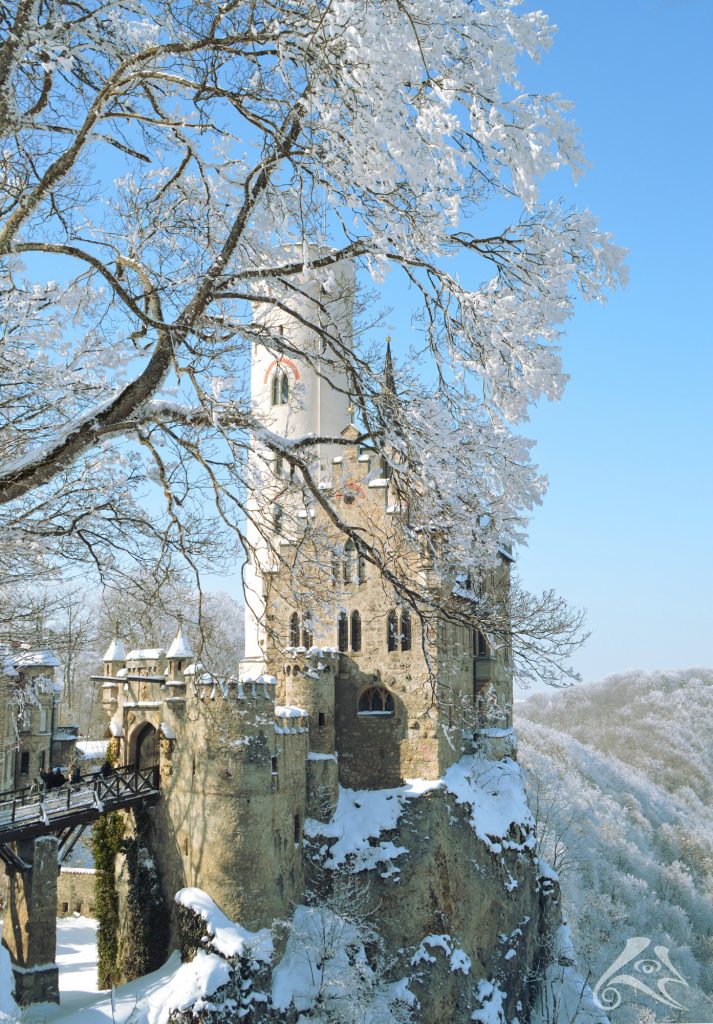 Its sometimes nicknamed ‘Little Neuschwanstein’ because it almost looks like a small version of this famous place in Bavaria. Lichtenstein is a so called fantasy castle, or the fairytale castle of Baden-Wuerttemberg. It was finished 1842 after only two years of construction to replace the original, which was destroyed 1377. The German fantasy writer Wilhelm Hauff described a castle in his novell ‘Lichtenstein’ (published 1826) that brilliant, that the Duke von Wuerttemberg was intrigued about this fiction. He then reconstructed his imagination together with an architect to materialize a medieval piece of magic structure, like it could not been brighter imagined. If you dream about the prince on the white horse, this castle would be his home.
Its sometimes nicknamed ‘Little Neuschwanstein’ because it almost looks like a small version of this famous place in Bavaria. Lichtenstein is a so called fantasy castle, or the fairytale castle of Baden-Wuerttemberg. It was finished 1842 after only two years of construction to replace the original, which was destroyed 1377. The German fantasy writer Wilhelm Hauff described a castle in his novell ‘Lichtenstein’ (published 1826) that brilliant, that the Duke von Wuerttemberg was intrigued about this fiction. He then reconstructed his imagination together with an architect to materialize a medieval piece of magic structure, like it could not been brighter imagined. If you dream about the prince on the white horse, this castle would be his home.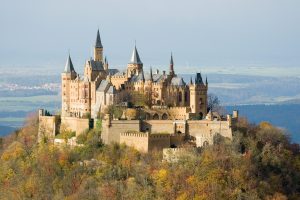
Less than 30 Miles away from Lichtenstein, there is another mighty castle on top of a hill. Hohenzollern. It is considered the ancestral seat of the Hohenzollern family, which emerged in the Middle Ages and eventually became German Emperors. If you have trouble remembering all those history lessons at school like me, there is at least one great name you might recall. Frederick The Great (Friedrich der Große). Even that the young prince was interested primarily in music and philosophy rather than the arts of war, nearly all 19th century German historians made Frederick into a romantic model of a glorified warrior, praising his leadership, administrative efficiency, devotion to duty and success in building up Prussia to a leading role in Europe. Today’s Castle complex was jointly restored by both Hohenzollern lines in the 19th century and is private property up to now. For almost a thousand years it provides temporary housing for the family Georg Friedrich Prince of Prussia and Sophie Princess of Prussia.
To really ‘feel’ the Swabian Alb from the ‘inside’ – listen to the silence, disrupted by the silent dripping sound of water drops. To feel the cool glam touch to your skin, you have the choice of either climbing into some of the 2500 known caves, going in with a boat, dive, or even a submarine!
Jochen Hasenmayer, born 28 October 1941 is a German speleologist and cave diver from Birkenfeld in Baden-Württemberg, whose spectacular dives have frequently made headlines. Hasenmayer began his cave 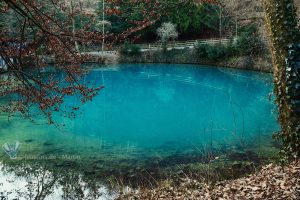 diving career in 1957 at the age of fifteen, exploring the Falkensteiner Cave, Wimsen Cave, Aachtopf and the last but not least, the Blautopf (German for Blue Pot). Numerous legends refer to the Blautopf, which probably the most mystic place and also dangerous place in the
diving career in 1957 at the age of fifteen, exploring the Falkensteiner Cave, Wimsen Cave, Aachtopf and the last but not least, the Blautopf (German for Blue Pot). Numerous legends refer to the Blautopf, which probably the most mystic place and also dangerous place in the 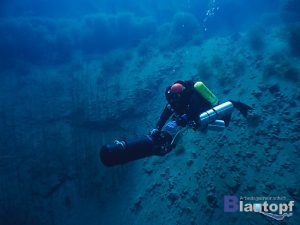 Schwäbische Alb. The entrance of this spring-water cave system is about 18m under the waterline, in a giant deep bluehole. Its characteristic color was explained by the account that every day someone would pour a vat of ink into the Blautopf. Another myth stated that every time someone tried to measure the Blautopf’s depth with a leaden sounding line, a water nix stole the sounding line. Therefore, it was not possible to determine the depth of the Blautopf. To be able to explore this underground system even further, Jochen Hasenmayer developed a special submarine. He believes, that one day, this huge cave system with its thermal water resources could solve all local energy problems in the future. The journey to the center of the earth.
Schwäbische Alb. The entrance of this spring-water cave system is about 18m under the waterline, in a giant deep bluehole. Its characteristic color was explained by the account that every day someone would pour a vat of ink into the Blautopf. Another myth stated that every time someone tried to measure the Blautopf’s depth with a leaden sounding line, a water nix stole the sounding line. Therefore, it was not possible to determine the depth of the Blautopf. To be able to explore this underground system even further, Jochen Hasenmayer developed a special submarine. He believes, that one day, this huge cave system with its thermal water resources could solve all local energy problems in the future. The journey to the center of the earth.
You can dive into the Blautopf yourself! The German TV Station SWR produced a fantastic Virtual Reality Documentation about the Blautopf Cave System.
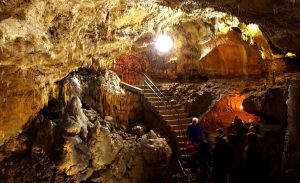 If this sounds a little bit too adventurous, there are plenty of alternatives to discover the underground. Bärenhöhle (bear cave) is situated near the village of Erpfingen, about 10 miles south of Reutlingen. In the Middle Ages plague victims were probably thrown into this cleft. Several skeletons were found in the debris under the cleft. At the discovery of this cave system, huge amounts of cave bear (Ursus spelaeus) bones where found on the floor. A recreational park above the cave makes it a popular trip target on weekends.
If this sounds a little bit too adventurous, there are plenty of alternatives to discover the underground. Bärenhöhle (bear cave) is situated near the village of Erpfingen, about 10 miles south of Reutlingen. In the Middle Ages plague victims were probably thrown into this cleft. Several skeletons were found in the debris under the cleft. At the discovery of this cave system, huge amounts of cave bear (Ursus spelaeus) bones where found on the floor. A recreational park above the cave makes it a popular trip target on weekends.
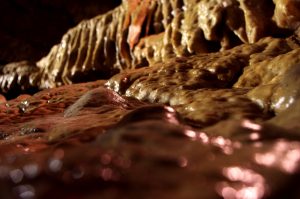 The Nebelhöhle (German for fog cave) has the most spectacular stalactites and stalagmites. It was discovered way earlier than the bear cave. First written references to the „Nebelhöhle“ date back to 1486 and it has since become one of the most frequently visited caves of the Swabian Alb. A fantasy kingdom of forms and figures. Formed in the Lower Chalk formation of the White Jurassic. The Nebelhöhle Festival is
The Nebelhöhle (German for fog cave) has the most spectacular stalactites and stalagmites. It was discovered way earlier than the bear cave. First written references to the „Nebelhöhle“ date back to 1486 and it has since become one of the most frequently visited caves of the Swabian Alb. A fantasy kingdom of forms and figures. Formed in the Lower Chalk formation of the White Jurassic. The Nebelhöhle Festival is  celebrated here every year on Whit Monday. On top of all that, this is the place where you can eat the ultimate best „Maultaschen“, a typical Swabian dish at the „Maultaschenwirt“.
celebrated here every year on Whit Monday. On top of all that, this is the place where you can eat the ultimate best „Maultaschen“, a typical Swabian dish at the „Maultaschenwirt“.
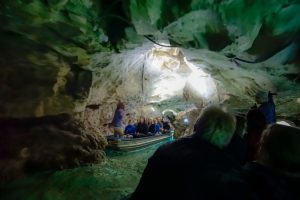 One of the main attractions of the Swabian Alb is the „Wimsener Höhle“ (Wimsen Cave). It is the only water cave in Germany accessible by boat – you are taken 70 m deep into the interior of the Earth. Its length is now known to be over 725 m and it was formed in the upper limestone reefs of the White Jurassic by the Höhlenbach stream. The drainage basin of the Höhlenbach stream covers an area of around 100 km². You can eat one of the best Forell Fish in a near by Fish Restaurant. A hike away, there is one of the most beautiful Monastery churches in Germany: Zwiefalten. You definitely don’t want to miss this spectacular interior, considered a model of Baroque design, is filled with ornate chapels and gilded balustrades.
One of the main attractions of the Swabian Alb is the „Wimsener Höhle“ (Wimsen Cave). It is the only water cave in Germany accessible by boat – you are taken 70 m deep into the interior of the Earth. Its length is now known to be over 725 m and it was formed in the upper limestone reefs of the White Jurassic by the Höhlenbach stream. The drainage basin of the Höhlenbach stream covers an area of around 100 km². You can eat one of the best Forell Fish in a near by Fish Restaurant. A hike away, there is one of the most beautiful Monastery churches in Germany: Zwiefalten. You definitely don’t want to miss this spectacular interior, considered a model of Baroque design, is filled with ornate chapels and gilded balustrades.
On its southeastern side, the Swabian Alb tends to fall away more gradually than in the west, but in many places the Danube has cut a tremendous gorge through the rock, producing steep cliffs and spectacular scenery, particularly in the Upper Danube Valley. The old castles tell us about the former importance of this trade- and trafficway. Through this romantic scenery full of history and legends the Danube winds its way past charming old villages and steep vineyards. Its magic.

